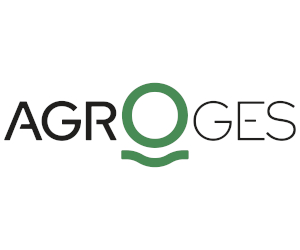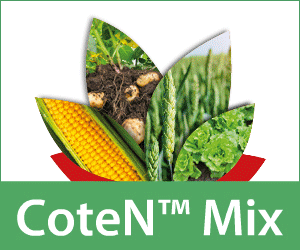Main findings of the July global overview:
- The main cereal season harvest has been completed in southern Africa. Aggregate cereal production is estimated at ca 14 % below the 5-year average (FAO, ‘Crop prospects and food situation’, July 2024). Sowing of winter wheat has been completed in South Africa; conditions are good, and the area planted is close to the 5-year average according to preliminary estimates.
- In East Africa, the intensive rainfall during the first 20 days of July, despite flooding and landslides in some areas, is expected overall to benefit the main crop season in the northern part of the region. Rainfed crop conditions are favourable in Somalia, western and central Kenya, most of Ethiopia and Uganda (the Joint Research Centre’s pre-operational country-level yield-forecasting model, based on machine learning, predicts a yield of 30 % above the 5-year average for sorghum). Food security conditions in Sudan had rapidly deteriorated by June, leaving 25.6 million people experiencing high levels of acute food insecurity and 14 areas at risk of famine, and conditions are expected to have worsened further since then (Integrated Food Security Phase Classification).
- North Africa is mostly dry in this season and winter cereal production has been affected by severe drought in western Algeria and Morocco. Central and eastern Algeria and Tunisia have experienced better rainfall conditions since December 2023, leading to close-to-average crop yields.
- In West and central Africa, rainfall conditions have been mixed across the bimodal southern parts of the region. The biomass conditions of main-season maize were average in most coastal countries at mid July and ‘early production prospects are favourable’ (FAO, ‘Crop prospects and food situation’, July 2024). However, delayed planting has been observed in Senegal, Mali, The Gambia, Guinea and Burkina Faso. It is still early in the season, though, and there is room for improvement. In Nigeria and southern Chad, crop conditions have improved; however, crop biomass is still below average, despite good rainfall in the past month.
- In the Middle East, the harvest of winter cereals finished with good prospects in Syria, Iraq and Iran, except in a few areas (Qadissiya in Iraq, and Fars, south Khorasan and Ghazvin in Iran). In Yemen, the biomass of sorghum and wheat are favourable. Food insecurity continues to affect 17 million out of 30 million people as a result of conflict and poor socioeconomic conditions.
- In central Asia, the harvest of winter cereals is almost complete, and prospects are overall above-average. Biomass conditions of spring/summer crops are good in Kazakhstan, Kyrgyzstan and Tajikistan. Similarly, in Afghanistan biomass conditions of spring and summer crops are above average in most areas. In South Asia, the biomass of irrigated kharif crops (rice, maize, millet) in Pakistan, aus/aman rice in Bangladesh and second-season yala rice and maize in Sri Lanka is mostly above average, suggesting favourable prospects in these three countries.
- South-East Asia is no longer monitored by Anomaly Hotspots of Agricultural Production (ASAP) analysts. In East Asia, the ASAP team continues to monitor only North Korea, where the biomass of rice and maize is above average. If specifically requested, an ad hoc analysis can be conducted (please contact us by email: jrc-asap@ec.europa.eu).
- In Latin America and the Caribbean islands, a poor harvest of sorghum, wheat and maize is expected in Bolivia, as Santa Cruz, which is the main grain-producing department in the country, shows poor vegetation conditions. In Cuba, Ecuador, Haiti and Peru, crops in the sowing and vegetation stages are developing normally under average rainfall conditions. The primera cycle is ongoing in the region, but, due to delays in the establishment of the cycle, large cropland areas show poor vegetation conditions, with El Salvador particularly affected. Rainfall is forecast to be above normal until the end of September, which could bring some improvement (Copernicus Climate Change Service multimodel forecast).
The next assessment is scheduled for the end of August 2024.
O artigo foi publicado originalmente em JRC.






















































